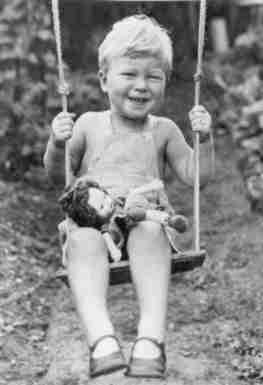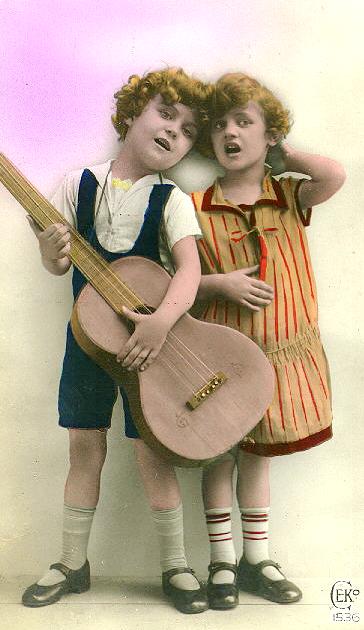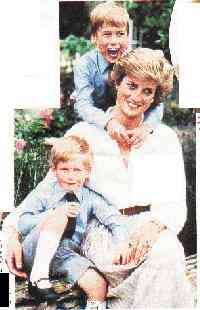
Figure 1.--Little boys wore strap shoes for sandals during the 1920s-50s. Older boys wore the "T"strap style.


Figure 1.--Little boys wore strap shoes for sandals during the 1920s-50s. Older boys wore the "T"strap style. |
Children in the 1920s began wearing strap shoes for informal occasions and play. Styles varied. Some wore the single trap Mary Jane style, while older boys wore the "T" strap school sandal style. Colors varied. The most common color for play were red strap shoes, but dark blue and other ones were also worn. These shoes
were worn until the 1960s when most boys stopped wearing them--except for boys from very rich families.
Strap shoes have been commonly worn by children, both boys and girls, since the early 19th Century. The shoe style itself, however, dates back centuries. It only became identified a a children's shoe style in
the early 19th Century. Since that time it has been used as a dressy shoe style. Since the 1920s it has been increasingly seen as a girl's shoe, although boys continued to wear it for formal occasions, such as
ring bearers in formal weddings or with kilts.
While boys except for special occasiins stopped dressing up in strap shoes, they began using them as play shoes. Although I have no precise information on this, I believe they were commonly being worn by boys for play by the 1920s. The classic Shepard drawings of Christopher Robin, for example, show him playing in smocks and strap shoes. This was most common in England
and some European countries, but some American boys also wore them. English boys by the 1930s, especially the older boys, began to more commonly wear the "T" strap style of shoe or sandal. American boys would more commonly wear the increasingly common sneaker or canvas shoe.
While this style has virtually disappeared for boys,
Diane did outfit William and Harry in them during the 1980s. The boys wore strap shoes of different colors, red light blue, and dark blue. This was mostlty before the boys started pre-prep school and began socializing
with boys their own age who were more intuned with the popular culture.

Figure 2.--These European children wear identical brown strap shoes for play. I'm not sure if this is a French or German image. |
English boys of varying ages wore strap shoes for play in the 1920s, but by the 1930s they were only being worn bu younger boys before boarding school age of about 8 years of age. Older boys wore the "T" strap school sandal, but not the strap shoe.
Unlike the dress strap shoes which were usually black or to a lesser extent white, the play versions came in several colors. The most common color of strap shoe for play was red or brown. Some blues ones were also worn. Lighter colors were less commonly worn, perhaps because they would be harder to be kept clean. Black shoes were not commonly worn for play, but was more commonly worn as part of a dressy outfit.
I believe these shoes were mostly worn with buckle closures. There were, however, also some with button closures.

Figure 3.--Prince William and Prince Harry wore strap shoes in the 1980s, both for play and for more formal occasions. |
Boys wore strap shoes for play both with and without socks. As with with the "T"-strap shoe, it was especially common to wear these shoes without socks during the summer. The shoes were also worn with socks,
mostly white ankle socks. Boys also wore white kneesocks with these shoes, but this was a more dressy look. Wearing white socks with strap shoes were more common in France, Germany, and Italy than in England or America.
There appears to have been an elenent of social class involved with this style of shoe. They appear by the 1940s to only be worn by boys from wealthy families.
The strap shoe appears to have been used for a variety of occasions. The shoe was used for play, for informal wear, and for formal occasions. The formal ones are most likely to be black. The play and informal ones were the colored ones.
HBC will archive information about individual boys who wore strap shoes for play. We will also try to datecit.
Gavin Maxwell, Scottish writer and naturalist, was a remarkable person who led a event-filled life. He was born in Galloway (southwest Scotland) and grew up with his two brothers and sisters in an isolated country estate. His family was titled and he grew up in comfortable circumstance. He was habitually dressed in kilts. He has written a lovely discription of his charmed childhood and rather unhappy school experiences. Like many boys his age, he lost his father in World War I. It was in Scotland during his younger years that he developed an interest in wildlife. He is best known of course for his captivating book, The Ring of Bright Water.
Navigate the Boys' Historical Clothing Web Site:
[Introduction]
[Chronology]
[Clothing styles]
[Activities]
[Countries]
[Biographies]
[Bibliographies]
[Contributions]
[Boys' Clothing Home]
